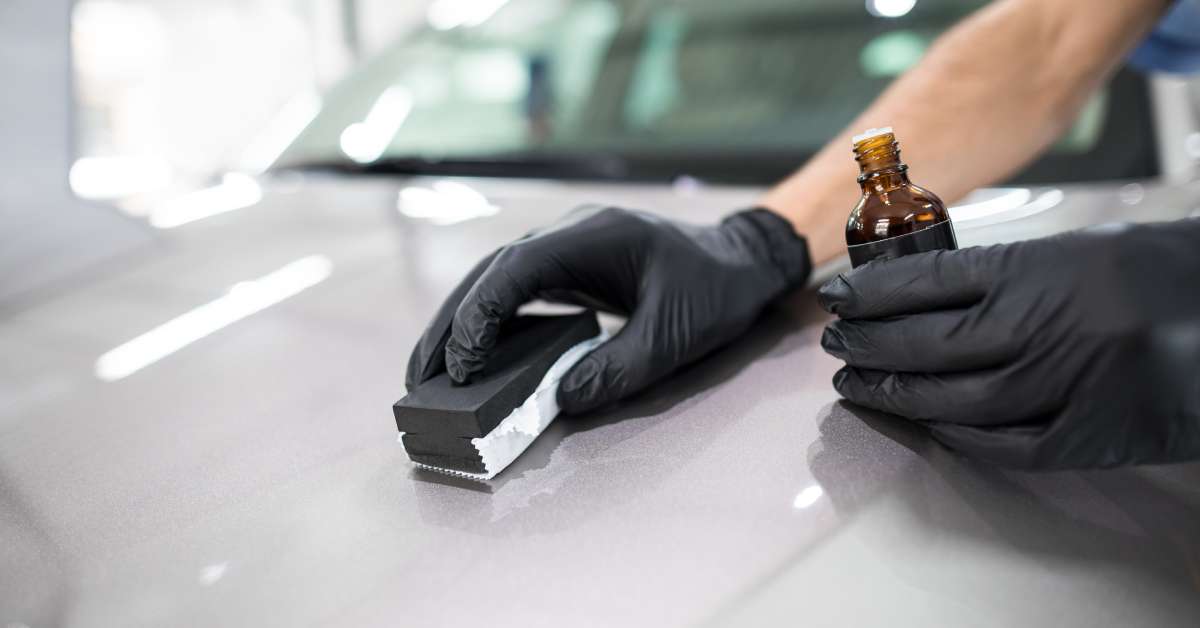Owning a boat can be a lot of fun, but it also requires taking responsibility for maintenance. The open waters are harsh on your vessel, making protection a top priority. One of the best ways to safeguard the boat’s exterior is to use a high-quality protective coating. It not only enhances the boat’s visual appeal but also prolongs the boat’s lifespan.
This essential guide will walk you through the different types of boat paint and how to maintain these protective coatings.
Why Performance Coatings Outshine Traditional Paint for Boats
Boat owners prefer performance coatings over traditional paint. Performance coatings offer superior durability, resistance to harsh environmental conditions, and better overall protection.
Durability and Longevity
The design of performance coatings combats the rigors of the outdoors. These coatings offer excellent resistance to wear and tear, ensuring that your boat remains in top condition. Unlike low-quality boat paints that chip or fade over time, performance coatings maintain their integrity for long-lasting protection.
Environment and UV Resistance
Boats are exposed to various elements, including saltwater, UV rays, and extreme weather conditions. Performance coatings can resist the elements to provide better protection compared to regular paint. This addition to your boat will prevent costly repairs and keep your vessel strong.
Enhanced Aesthetic and Functional Value
While traditional boat paint may offer an appealing finish, performance coatings take the final product a step further. These exceptional coatings are available in a wide range of special effects and finishes. Whether you want a glossy, matte, or textured look, performance coatings can deliver.
But the visual appeal isn’t the only characteristic performance coatings offer. They supply functional benefits, like surface fillers, so they’re aesthetically pleasing and practical.

The Types of Protective Coatings
Understanding the types of protective coatings available will help you make an informed decision to protect your boat. Let’s take a closer look at the common types of protective coatings, their features, benefits, and ideal uses.
Replicators
Replicators mimic the appearance of natural materials like wood or metal. They offer the visual appeal of these materials without the drawbacks, such as susceptibility to rot or rust.
Replicator coatings satisfy boat owners who want a classic look with modern protection. Users can apply these versatile coatings on various parts of the boat, including the hull, deck, and interior. They’re ideal for mimicking the look of natural materials, resisting environmental factors, and requiring reduced maintenance in comparison to natural materials.
Ideal Uses of Replicators:
- Complement boats with wooden or metallic finishes.
- Apply on the boat’s interior panels and decorative elements.
- Enhance the boat’s appearance without compromising on protection.
- Provide boat owners with minimal maintenance requirements for the vessel.
Special Effect Coatings
Special effect coatings are perfect for boat owners who want their vessel to stand out and make a statement. These coatings include chrome, fluorescent, or chameleon effects that change color based on the angle of light. Boat owners can customize the appearance of their boats with these high-quality, unique finishes.
Ideal Uses of Special Effect Coatings:
- Apply on showboats and luxury yachts.
- Owners who want to make a visual statement and reflect their personal style.
- Enhance the market value of the boat.
- Protect against UV rays, saltwater, and oxidation.
Special-Purpose Coatings
Special-purpose coatings serve specific functions that are essential for maintaining both the performance and safety of your boat. These can include high-temperature coatings for better abrasion resistance or enamels that enhance the durability of the surface.
Every special-purpose coating serves a specific function. Some of the products include:
- High-temperature coatings: Protects various vessel components from damage due to high temperatures and thermal cycling.
- Enamels: Provides a high-gloss, smooth surface that enhances the aesthetic of the boat.
- UV-resistant coatings: Protects against sun damage to preserve the boat’s finish and structural integrity.
Ideal Uses of Special-Purpose Coatings:
- Boats that operate in marine environments.
- Increased safety features for vessels.
- Long-term protection against UV rays and abrasive elements.

Choosing the Right Coating for Your Vessel
Selecting the appropriate protective coating for your boat hinges on the primary function of the coating, the environmental conditions the vessel is exposed to, and your aesthetic preferences. Read through the following components to consider before choosing a performance coating for your boat:
- Identify your priorities. Consider what is most important for your vessel—durability, aesthetic enhancement, anti-fouling capabilities, or resistance to harsh environments.
- Evaluate environmental exposure. Boats that operate in saltwater or in a region with intense UV rays must have coatings that excel in UV resistance and saltwater corrosion protection. Anti-fouling and UV-resistant coatings are the best choices.
- Consider the boat’s purpose. For boats used in competitive settings, performance coatings will protect the vessel from excess heat exposure to safeguard its structural components. In this case, high-temperature and special-purpose coatings are ideal.
- Determine your aesthetic preferences. If the visual appearance of your boat is a priority, explore replicator or special effect coatings for a personalized, unique look. Enamel coatings are another option that provides a glossy finish for a classic yet durable finish.
- Assess maintenance and application requirements. Assess how much time and effort you can dedicate to the application and upkeep of the boat’s coating. Some coatings require professional application and routine maintenance, while others can accommodate DIY projects with basic tools.
- Consult with professionals in the field. With the technicalities involved in choosing and applying coatings, consulting with industry professionals can provide valuable insights.
By considering these factors, boat owners can select the protective coatings that best align with their vessel’s operational demands and personal expectations.
Protect Your Boat for Years To Come
Protective coatings maintain the longevity and appearance of your boat. From replicators and special effect coatings, you’ll find the right product to protect your vessel.
Are you ready to give your boat the security and shine it deserves? DuraCoat has a wide range of protective marine coatings that boat owners will love. Visit our website and dive into the array of products we offer, so you can preserve your aquatic investment!

